Sustainable Urban Expansion: Lida Group Delivers High Quality Container Apartments Using Recycled Prefab Construction Materials
2025-Jul-30 11:15:35
By Admin
1. Introduction
In the contemporary era, urbanization is proceeding at an unprecedented pace. The world’s urban population is burgeoning, and by 2050, it is projected that nearly 70% of the global population will reside in urban areas, as per the United Nations’ estimations. This rapid urban growth brings about a series of challenges, among which the demand for housing is particularly prominent. Traditional construction methods often consume vast amounts of resources, cause significant environmental pollution, and are time – consuming. As a result, there is an urgent need for innovative and sustainable solutions to meet the housing requirements in the context of urban expansion.
Lida Group, a well – established name in the construction industry since its establishment in 1993, has emerged as a pioneer in providing sustainable construction solutions. The company specializes in the design, production, installation, and marketing of engineering construction, with a diverse product portfolio that includes large – scale labor camps, steel structure buildings, container houses, prefab houses, and other integrated buildings. Lida Group has not only achieved multiple international certifications such as ISO 9001, ISO 14001, ISO 45001, and EU CE certification (EN 1090), but has also obtained professional construction qualifications. With its global reach, including seven subsidiaries and numerous overseas branch offices, Lida Group is well – positioned to make a significant impact on the global construction market, especially in the area of sustainable urban expansion.
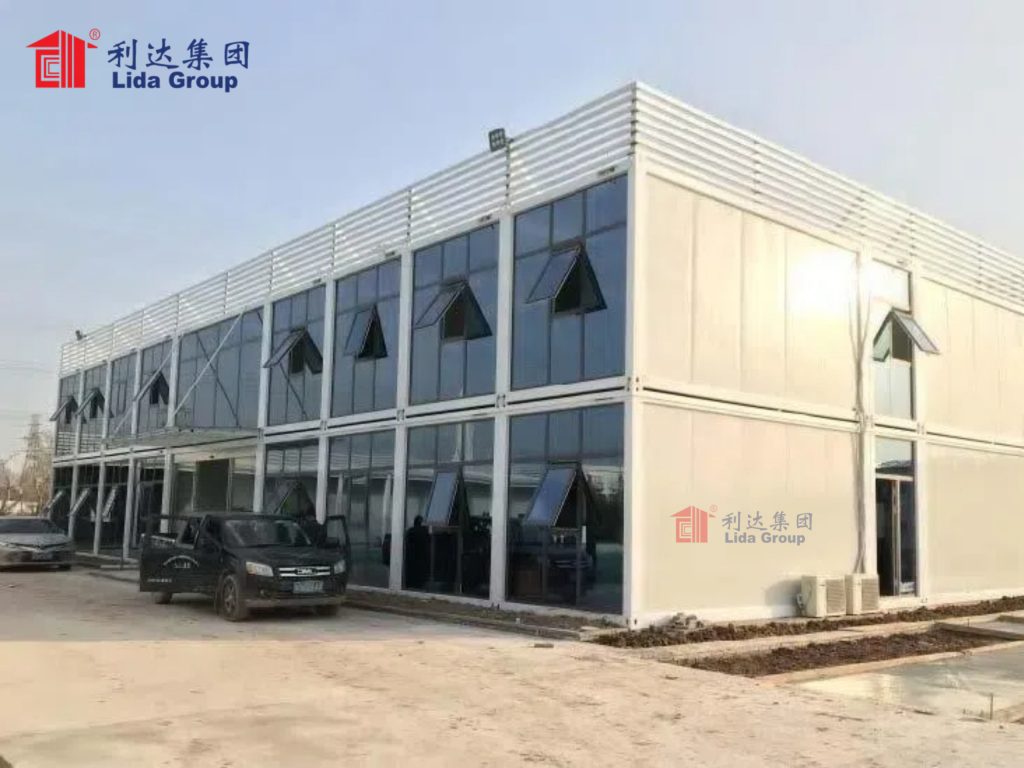
2. The State of Urban Expansion and Sustainability Challenges
2.1 The Scale of Urban Expansion
Urban expansion is occurring on a massive scale globally. In Africa, for instance, the rapid growth of the urban population has led to the extensive expansion of many cities. In some African metropolises, the urban area has doubled or even tripled within a few decades. In Asia, cities like Delhi in India and Dhaka in Bangladesh are also experiencing explosive growth. Delhi’s urban footprint has been steadily increasing, swallowing up surrounding rural and agricultural lands to accommodate its growing population.
The drivers of this urban expansion are complex. Urban population growth, mainly due to natural increase and in – migration from rural areas, is a primary factor. People move to cities in search of better job opportunities, improved educational and healthcare facilities, and a higher standard of living. The housing deficit in urban areas is another significant driver. As the demand for housing outstrips supply, cities are forced to expand to provide accommodation for the growing number of residents. In addition, complex land governance systems, in some cases, may also contribute to unplanned or inefficient urban expansion.
2.2 Environmental and Social Challenges in Urban Expansion
2.2.1 Environmental Deterioration
One of the most pressing challenges associated with urban expansion is environmental deterioration. The conversion of natural land, such as forests, wetlands, and agricultural fields, into urban areas leads to the loss of biodiversity. For example, in the process of urban expansion in many parts of the Amazon rainforest region in South America, large tracts of forest have been cleared, endangering countless plant and animal species.
Moreover, urban expansion often results in increased energy consumption and carbon emissions. The construction of new buildings, the expansion of transportation networks, and the growth of industrial activities all contribute to higher energy demands. In many rapidly expanding cities in developing countries, the lack of proper urban planning means that buildings are not energy – efficient, and transportation systems rely heavily on fossil fuels, further exacerbating the environmental problem.
2.2.2 Social Inequity
Social inequity is also a significant issue in urban expansion. The new urban development often fails to provide affordable housing for all income groups. In cities like London and New York, the rising property prices in newly developed areas have made housing unaffordable for low – income families. Gentrification, a process often associated with urban renewal and expansion, can displace long – term, low – income residents from their neighborhoods. These residents are then forced to move to more peripheral and less – serviced areas, leading to social segregation.
In addition, the expansion of cities may not always ensure equal access to basic services such as water, sanitation, and healthcare. In some slum areas that emerge during urban expansion, residents often lack access to clean water and proper sanitation facilities, which poses a serious threat to their health and well – being.
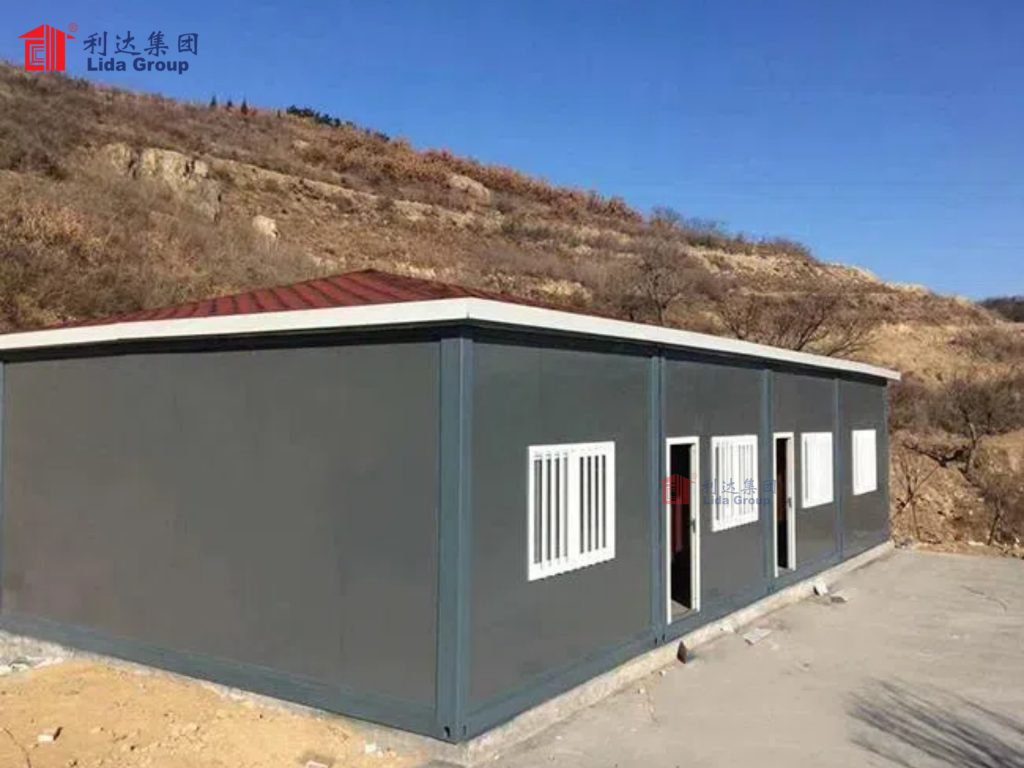
3. Sustainable Construction Solutions: The Concept of Recycled Prefab Construction Materials
3.1 What are Recycled Prefab Construction Materials?
Recycled prefab construction materials refer to building materials that are either made from recycled components or are pre – fabricated in a factory setting and can be recycled at the end of their life cycle. For example, recycled steel is a common recycled prefab material. Scrap steel from old buildings, vehicles, and industrial equipment can be melted down and re – processed to produce steel components for new buildings. These steel components can then be pre – fabricated into beams, columns, or panels in a factory and transported to the construction site for assembly.
Another example is recycled plastic building materials. Plastic waste, such as discarded plastic bottles and containers, can be processed into plastic lumber, which can be used for outdoor decking, fencing, and even some interior construction applications. Prefabricated concrete elements can also be made using recycled aggregates, such as crushed concrete from demolished buildings.
3.2 Advantages of Recycled Prefab Construction Materials in Sustainability
3.2.1 Reduced Environmental Impact
Using recycled prefab construction materials significantly reduces the environmental impact of construction. By recycling materials, the need for virgin material extraction is decreased. For example, recycling steel can save up to 75% of the energy required to produce new steel from iron ore. This reduction in energy consumption directly leads to lower carbon emissions.
In addition, prefabrication in a factory setting allows for better control of waste generation. In traditional on – site construction, a significant amount of building materials are wasted due to inaccurate cutting and improper handling. In a factory environment, materials can be precisely cut and assembled, minimizing waste. Moreover, at the end of the building’s life cycle, recycled prefab materials can be more easily recycled again, closing the material loop and reducing the amount of construction waste sent to landfills.
3.2.2 Cost – Efficiency
Recycled prefab construction materials can also offer cost – efficiency. The use of recycled materials often reduces the raw material cost. For example, recycled plastic lumber is generally less expensive than traditional lumber. Prefabrication in a factory can also speed up the construction process. Since the components are pre – made, the on – site construction time is significantly reduced. This not only reduces labor costs but also minimizes the risk of delays due to weather conditions or unforeseen on – site problems. In addition, the factory – controlled production process ensures higher quality control, reducing the need for costly rework.
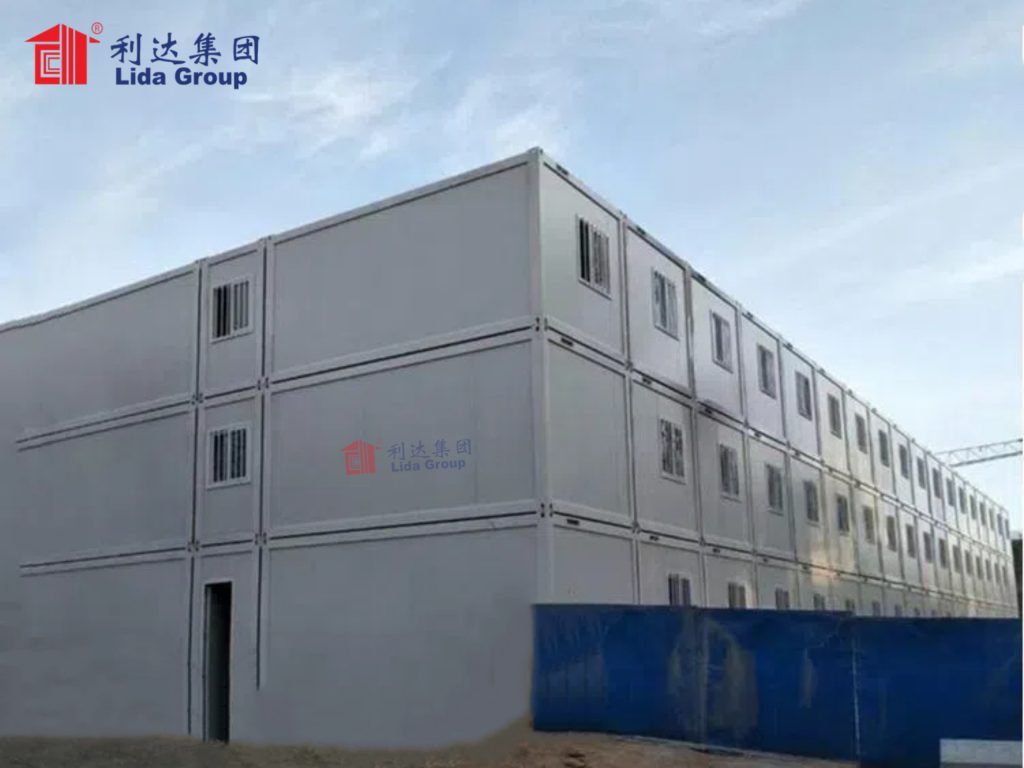
4. Lida Group’s Container Apartments: A Case Study of Sustainable Construction
4.1 Design and Structure of Lida Group’s Container Apartments
Lida Group’s container apartments are designed with both functionality and sustainability in mind. The basic structure of these apartments is based on modified shipping containers, which are highly durable and can withstand harsh environmental conditions. The containers are made of steel, which is a recyclable material.
The design of the apartments allows for easy customization. Multiple containers can be stacked or combined in different configurations to create various living spaces, from single – room studios to multi – bedroom apartments. The interior layout can also be adjusted according to the needs of the occupants. For example, partitions can be added or removed to create separate living, sleeping, and dining areas.
The apartments are equipped with energy – efficient features. Insulation materials are used to improve the thermal performance of the containers, reducing the need for excessive heating or cooling. Energy – efficient lighting fixtures and appliances are also installed, further reducing energy consumption.
4.2 Use of Recycled Prefab Construction Materials in Container Apartments
In the construction of container apartments, Lida Group makes extensive use of recycled prefab construction materials. The steel containers themselves are often recycled from the shipping industry. Instead of scrapping old shipping containers, Lida Group repurposes them, giving them a new life as housing units.
The interior finishing materials also include recycled components. For example, the flooring may be made of recycled plastic or composite materials that contain recycled wood fibers. The wall panels can be pre – fabricated using recycled materials such as recycled paper honeycomb cores sandwiched between two layers of recycled metal sheets. These wall panels not only provide good insulation but are also lightweight and easy to install.
4.3 Construction Process and Efficiency
The construction process of Lida Group’s container apartments is highly efficient due to the prefabrication approach. The containers are first modified and outfitted with basic amenities such as plumbing and electrical systems in the factory. This pre – construction work can be done in parallel with the preparation of the construction site, saving a significant amount of time.
Once the site is ready, the pre – fabricated containers are transported to the location and assembled. The assembly process is relatively quick, as the containers are designed to be easily connected to each other. With a small team of workers and the right equipment, a complete container apartment complex can be erected in a matter of weeks, much faster than a traditional building of the same size.
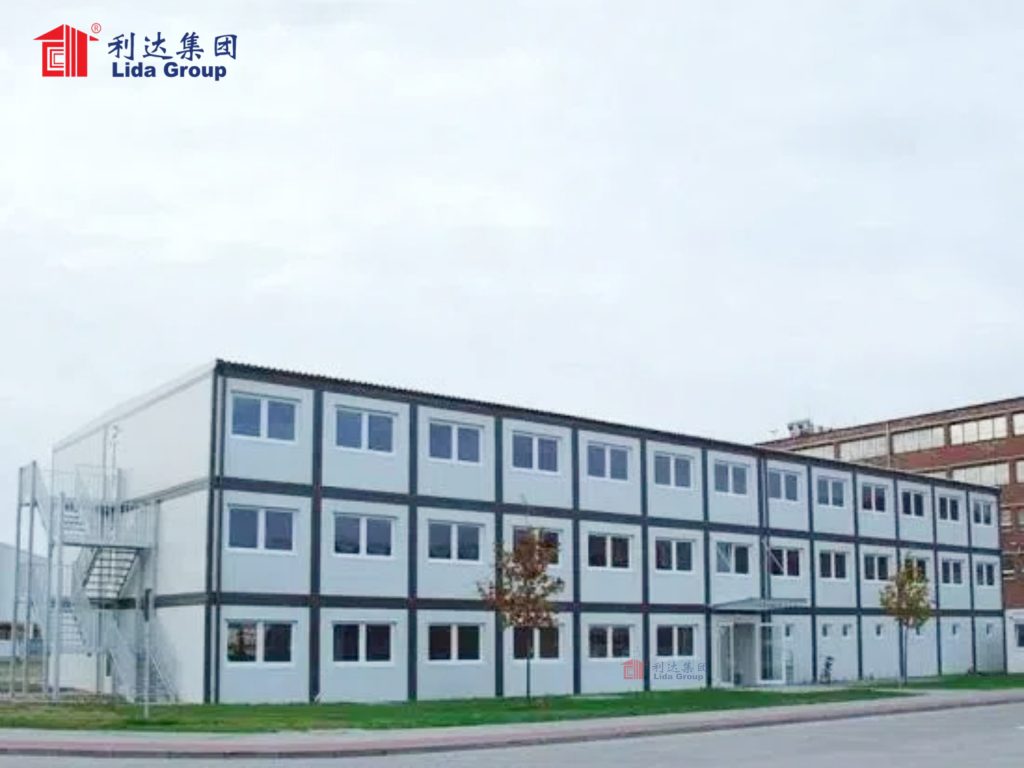
5. Benefits of Lida Group’s Container Apartments for Sustainable Urban Expansion
5.1 Meeting Housing Demand in a Sustainable Manner
Lida Group’s container apartments offer a practical solution to meet the growing housing demand in urban areas while maintaining sustainability. The ability to quickly construct a large number of housing units using recycled materials makes it possible to address the housing deficit more efficiently. In areas where there is an immediate need for housing, such as in the aftermath of a natural disaster or in rapidly growing urban slums, these container apartments can be rapidly deployed.
Moreover, the modular design of the container apartments allows for easy expansion or modification. As the population in an area grows, additional containers can be added to existing apartment complexes, providing a flexible and scalable housing solution.
5.2 Environmental Benefits
The environmental benefits of Lida Group’s container apartments are substantial. By using recycled materials, the company reduces the demand for virgin resources, conserving natural habitats and reducing the energy required for material extraction and processing. The energy – efficient design of the apartments also helps to lower the overall energy consumption of the housing units. This is especially important in urban areas, where reducing energy demand can contribute to a decrease in carbon emissions and a more sustainable urban environment.
In addition, the recyclability of the materials used in the container apartments means that at the end of their life cycle, the components can be recycled again, minimizing waste and further reducing the environmental impact.
5.3 Social and Economic Benefits
From a social perspective, Lida Group’s container apartments can provide affordable housing options. The cost – efficiency of the construction process, due to the use of recycled materials and prefabrication, allows for the production of housing units at a relatively lower cost. This makes it possible to offer rental or ownership options at more affordable prices, especially for low – and middle – income families.
Economically, the production and installation of container apartments create jobs. From the factory workers involved in the prefabrication process to the on – site construction crews, the entire supply chain generates employment opportunities. In addition, the use of local recycled materials can also stimulate the local economy by promoting the recycling and manufacturing industries.
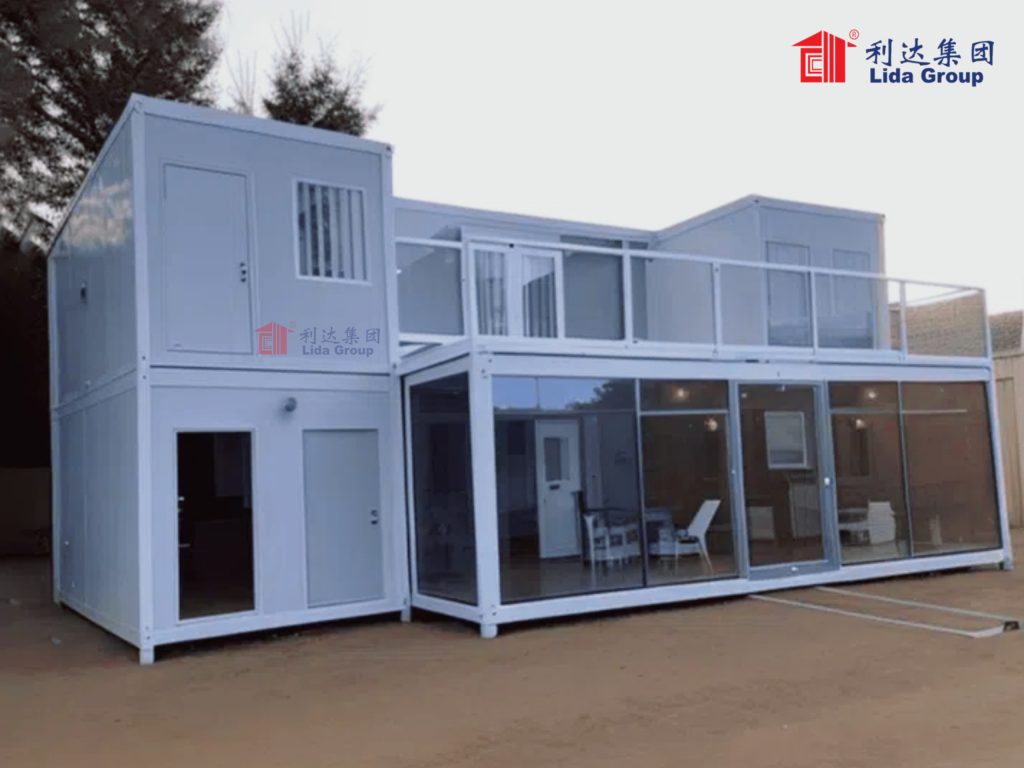
6. Case Studies of Lida Group’s Container Apartment Projects
6.1 Projects in Disaster – Stricken Areas
Lida Group has been actively involved in providing housing solutions in disaster – stricken areas. For example, after a major earthquake in a certain region, Lida Group quickly mobilized its resources to supply container apartments. The prefabricated nature of the apartments allowed for rapid deployment. Within a short period, hundreds of container apartments were set up to provide temporary shelter for the affected population.
These apartments were equipped with basic amenities such as beds, kitchens, and bathrooms. The use of recycled materials in their construction not only made the process more cost – effective but also ensured that the housing solution was sustainable in the long run. As the affected area began to recover and rebuild, some of these container apartments were repurposed for other uses, such as community centers or small businesses, further demonstrating their versatility.
6.2 Projects in Urban Expansion Zones
In an urban expansion zone of a large city, Lida Group constructed a container apartment complex as part of a planned community development. The complex consisted of a variety of apartment sizes, ranging from one – bedroom units to three – bedroom family apartments. The apartments were designed to blend in with the surrounding environment, with greenery and common areas incorporated into the layout.
The use of recycled prefab materials in the construction of these apartments made the project more environmentally friendly. The local government was attracted to the project because it met the city’s sustainability goals while also providing much – needed housing. The affordable rental prices of the apartments also made them popular among young professionals and families who were looking for housing in the expanding urban area.
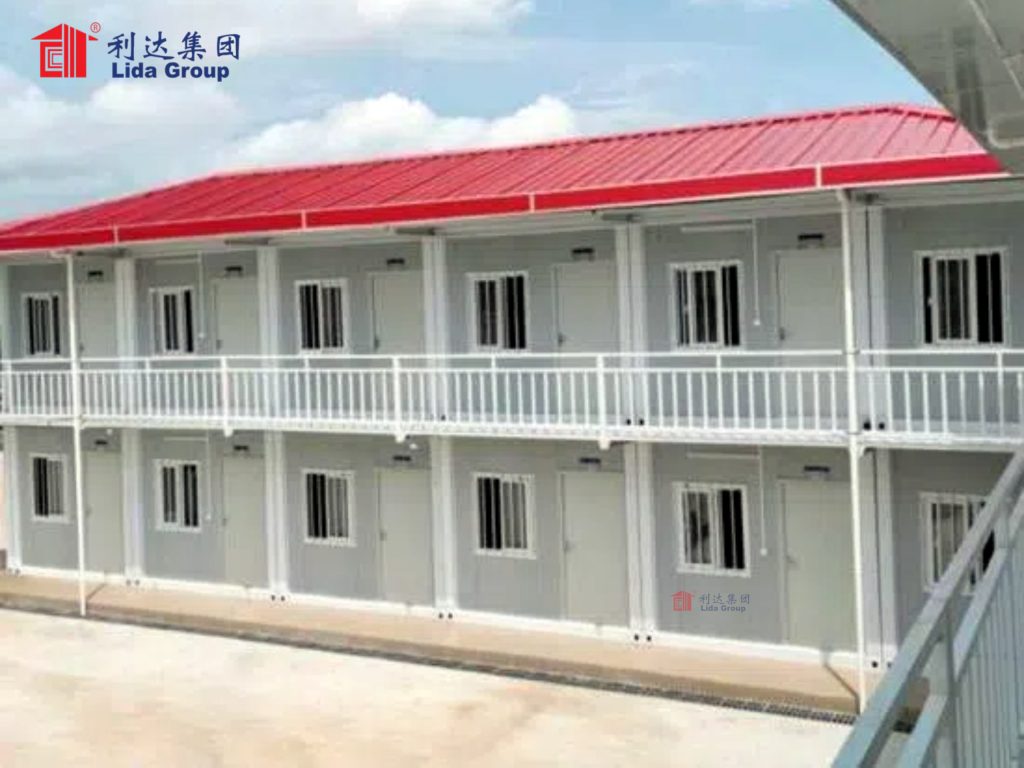
7. Comparison with Traditional Construction Methods
7.1 Resource Consumption
Traditional construction methods typically consume a large amount of resources. The extraction of virgin materials such as timber, sand, and stone for construction purposes often leads to environmental degradation. For example, deforestation for timber can cause soil erosion and loss of wildlife habitats. In contrast, Lida Group’s use of recycled prefab construction materials in container apartments significantly reduces the need for virgin material extraction. The recycled steel and other materials used in the containers and interior finishing are sourced from waste materials, minimizing the impact on natural resources.
7.2 Construction Time
Traditional construction projects can be very time – consuming. The process involves multiple steps, including site preparation, foundation laying, brick – by – brick construction, and interior finishing. Each step is often carried out sequentially, and weather conditions or unforeseen site issues can cause significant delays. In contrast, Lida Group’s container apartment construction process is much faster. The prefabrication of components in a factory allows for parallel work, and the on – site assembly of containers can be completed quickly, reducing the overall construction time by weeks or even months compared to traditional construction.
7.3 Cost
The cost of traditional construction can be high due to several factors. The cost of virgin materials, labor, and potential delays all contribute to the overall expense. In addition, the need for skilled labor for traditional construction techniques can drive up labor costs. Lida Group’s container apartments, on the other hand, offer cost – advantages. The use of recycled materials reduces material costs, and the prefabrication and efficient construction process minimize labor costs and the risk of delays, making them a more cost – effective housing solution.
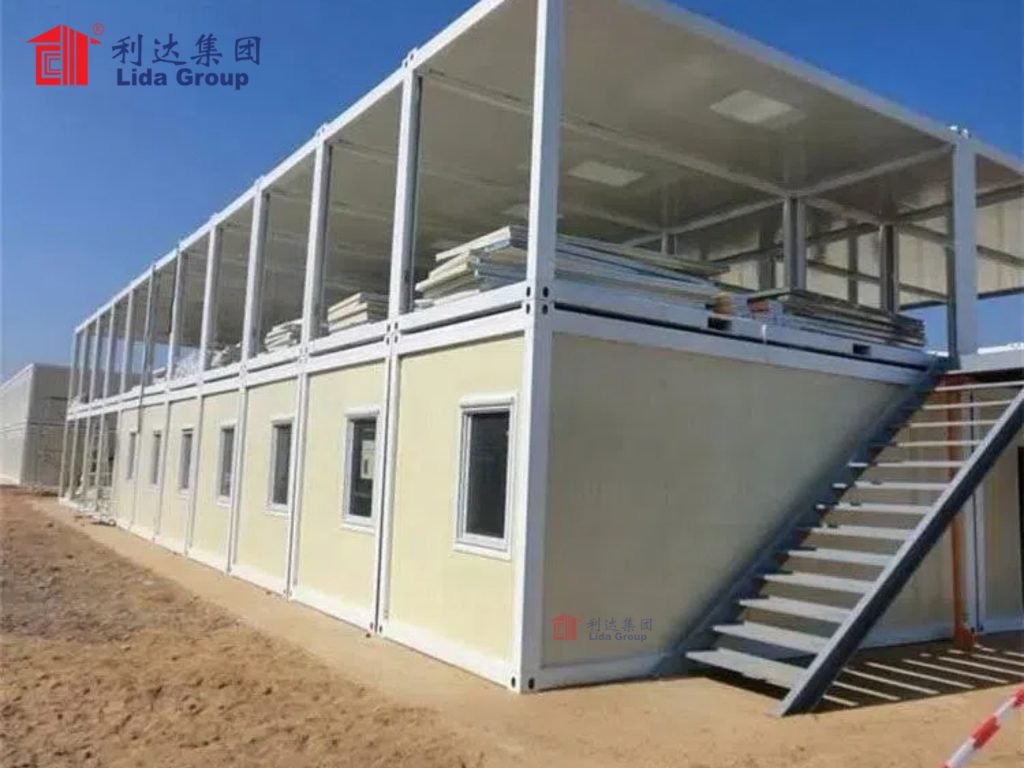
8. Future Perspectives and Potential Developments
8.1 Technological Innovations in Recycled Prefab Construction
In the future, technological innovations are likely to further enhance the performance and sustainability of recycled prefab construction materials. For example, new methods of recycling materials may be developed to improve the quality of recycled products. Advanced manufacturing technologies such as 3D printing may be applied to the production of prefab components. 3D printing can create complex and customized components with high precision, further reducing waste and increasing the efficiency of the prefabrication process.
In addition, the development of smart materials for prefab construction is also on the horizon. Smart materials, such as self – healing concrete or materials that can adjust their thermal properties based on the environment, can improve the durability and energy – efficiency of container apartments and other prefab buildings.
8.2 Expansion of Lida Group’s Business Model
Lida Group has the potential to expand its business model in several ways. The company could further diversify its product range, developing more complex and high – end container – based housing solutions. For example, luxury container apartments with high – tech amenities and sustainable features could be targeted at a more affluent market segment.
In addition, Lida Group could expand its global reach by partnering with more local companies in different countries. These partnerships could help the company better understand local market needs and regulations, making it easier to introduce its sustainable container apartment solutions in new regions. The company could also explore opportunities in the renovation and retrofit market, using recycled prefab materials to upgrade existing buildings to make them more sustainable.
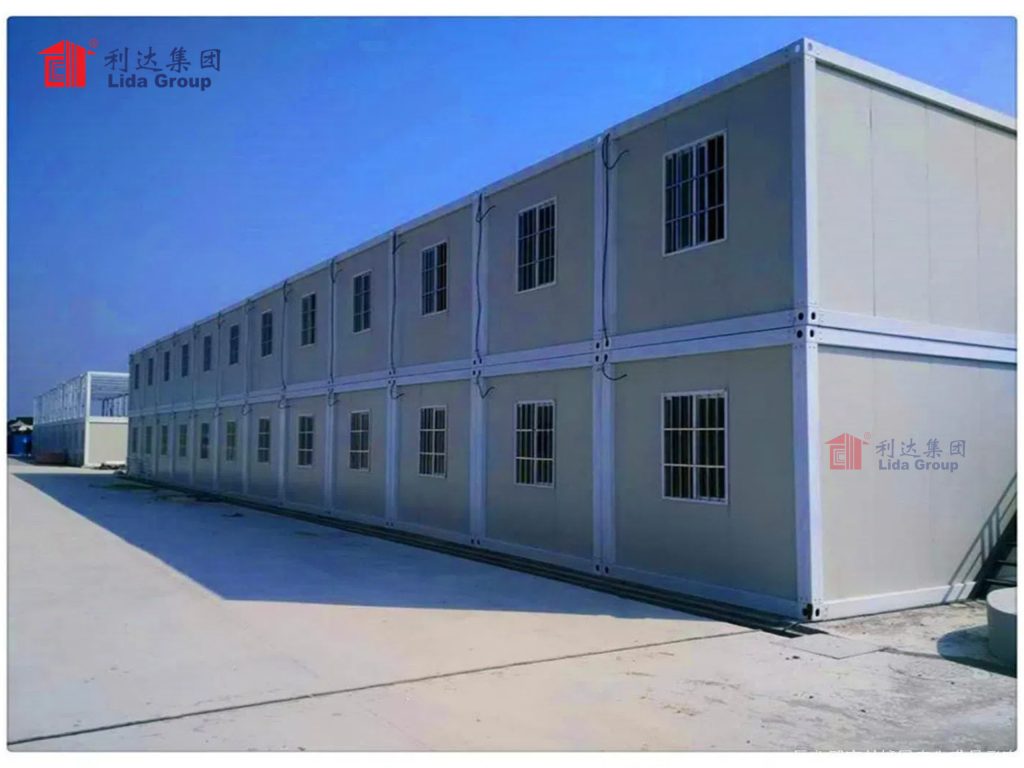
9. Conclusion
In conclusion, the rapid urban expansion around the world presents significant challenges in terms of housing demand, environmental protection, and social equity. Traditional construction methods are ill – equipped to address these challenges effectively. Lida Group’s innovative approach of using recycled prefab construction materials to build high – quality container apartments offers a sustainable and practical solution.
Through the use of recycled materials, Lida Group reduces the environmental impact of construction, conserves natural resources, and minimizes waste. The prefabrication process not only speeds up construction but also improves cost – efficiency, making it possible to provide affordable housing options. The case studies of Lida Group’s projects in disaster – stricken areas and urban expansion zones demonstrate the versatility and effectiveness of its container apartment solutions.
When compared with traditional construction methods, Lida Group’s approach shows clear advantages in resource consumption, construction time, and cost. Looking to the future, technological innovations in recycled prefab construction and the expansion of Lida Group’s business model hold great promise for further promoting sustainable urban expansion. As the world continues to urbanize, Lida Group’s contributions in sustainable construction are likely to play an increasingly important role in creating more livable, environmentally friendly, and socially inclusive cities.
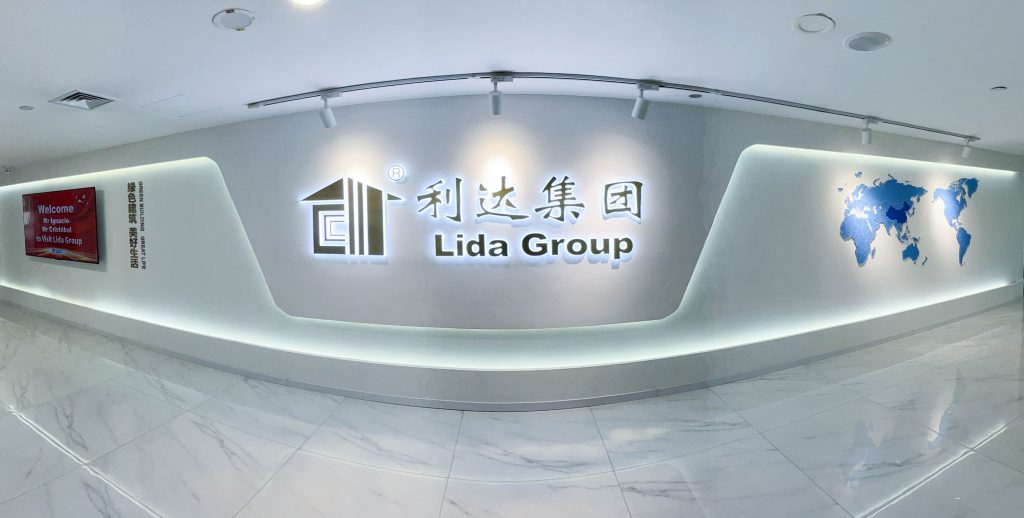
Related news
-
Flood-Resistant Innovation: Lida Group's Temporary Container Buildings Feature Elevated Prefab Construction for Coastal Emergency Housing
2025-07-30 09:38:44
-
Why Mining Camps Choose Lida Group's High Quality Container Houses with Durable Prefab Construction for Extreme Environments
2025-07-29 17:44:00
-
Disaster Response Revolution: Temporary Container Buildings Deployed in 72 Hours via Lida Group's Prefab Container Construction Systems
2025-07-29 17:13:58
contact us
- Tel: +86-532-88966982
- Whatsapp: +86-13793209022
- E-mail: sales@lidajituan.com


